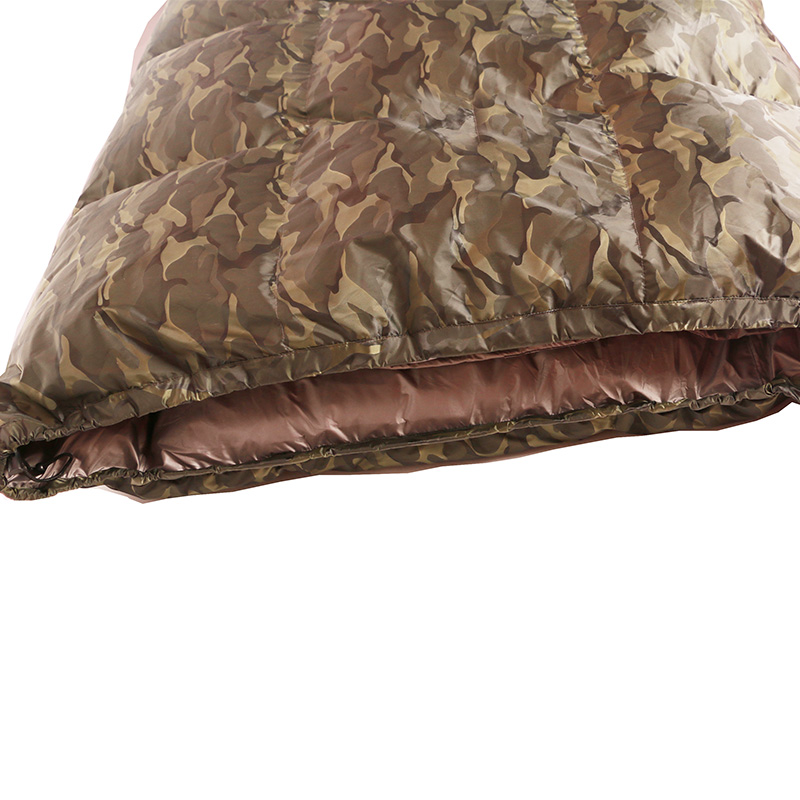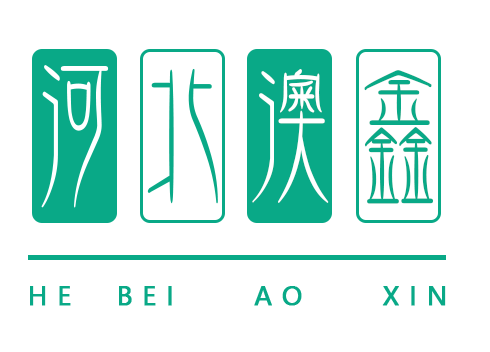
Jul . 26, 2024 02:28 Back to list
Purchase Half-Inch Hole Hexagonal Wire Mesh for Various Applications and Projects
Understanding Half-Inch Hexagonal Wire Mesh A Versatile Solution for Various Applications
Hexagonal wire mesh, often referred to simply as chicken wire, is a versatile and practical material utilized in numerous industries. Particularly popular is the ½-inch hole variant, which provides both strength and flexibility, making it ideal for a variety of applications. This article will delve into the characteristics, benefits, and uses of ½-inch hexagonal wire mesh.
Characteristics of ½-Inch Hexagonal Wire Mesh
The defining feature of hexagonal wire mesh is its unique structure. Composed of interwoven galvanized or stainless steel wires bent into a hexagonal shape, this mesh presents a series of uniform holes that measure ½ inch across. The wire diameter typically ranges from 20 to 16 gauge, depending on the strength required for specific tasks. The combination of high tensile strength and the geometric shape of the mesh allows it to effectively contain and secure various materials while allowing for ventilation and visibility.
Galvanization is a common process applied to hexagonal wire mesh, providing an additional layer of protection against corrosion and rust. This feature is particularly critical when the mesh is used outdoors or in moist environments. Stainless steel options are also available, offering a higher degree of corrosion resistance and durability, albeit at a higher cost.
Benefits of Using ½-Inch Hexagonal Wire Mesh
One of the primary advantages of ½-inch hexagonal wire mesh is its adaptability. This type of mesh can be utilized in a wide array of settings and applications, from agriculture to construction. Here are some notable benefits
1. Durability The materials used in manufacturing hexagonal wire mesh, particularly when galvanized, provide exceptional longevity, making it a cost-effective choice over time.
2. Versatility Hexagonal wire mesh can be used for various purposes including fencing for gardens, animal enclosures, and protecting young plants from pests. Additionally, it serves as reinforcement in concrete and as a temporary barricade on construction sites.
buy 1/2"hole hexagonal wire mesh product

3. Lightweight and Easy to Handle Unlike heavier fencing materials, hexagonal wire mesh is lightweight, making it easy to transport, handle, and install. This falls in line with the growing trend of DIY projects, where individuals seek manageable materials for personal projects.
4. Visibility and Ventilation The open structure of ½-inch hexagonal wire mesh allows for excellent visibility and airflow, making it suitable for situations where light and air circulation are crucial, such as in greenhouses.
Applications of ½-Inch Hexagonal Wire Mesh
1. Agriculture Farmers utilize this wire mesh for fencing around crops and gardens to keep out unwanted animals. It is also commonly used in poultry farming to construct enclosures and coops.
2. Construction In construction, hexagonal wire mesh is often employed for reinforcing concrete in a variety of applications, from building foundations to retaining walls.
3. Home Improvement and Landscaping Homeowners frequently use hexagonal wire mesh as trellises for climbing plants, as barriers in gardens, and for decorative purposes.
4. Industrial Uses In industrial settings, this mesh can serve as protective barriers, storage enclosures, or as part of infrastructure projects where durability and lightweight properties are essential.
Conclusion
In conclusion, ½-inch hexagonal wire mesh is an incredibly versatile material with a wide range of applications across various sectors. Its durability, lightweight nature, and adaptability make it a popular choice for both professionals and DIY enthusiasts. Whether used in agriculture, construction, or home improvement projects, hexagonal wire mesh provides a practical solution that meets numerous needs. For anyone considering purchasing this beneficial product, understanding its properties and versatility is key to making an informed decision that suits specific requirements.
-
Picnic Blanket Backpack – Durable Quilted Mat, Ideal for Outdoor Activities, Direct from Factory
NewsJul.08,2025
-
Picnic Blanket Fleece – Extra Large, Soft & Durable Outdoor Blanket from Leading Factory Suppliers
NewsJul.08,2025
-
Premium Outdoor Sleeping Bag for Baby – Wholesale Suppliers, Factories & Manufacturers
NewsJul.08,2025
-
Sleeping Bag Camping Wholesale – China Outdoor Camping Sleeping Bag Manufacturer & Supplier
NewsJul.07,2025
-
Best Outdoor Camping Tents for Sale China Wholesale Supplier & Manufacturer
NewsJul.07,2025
-
Waterproof Picnic Mat - Sand Free Beach Mat Blanket Factory & Supplier Direct Price
NewsJul.06,2025
